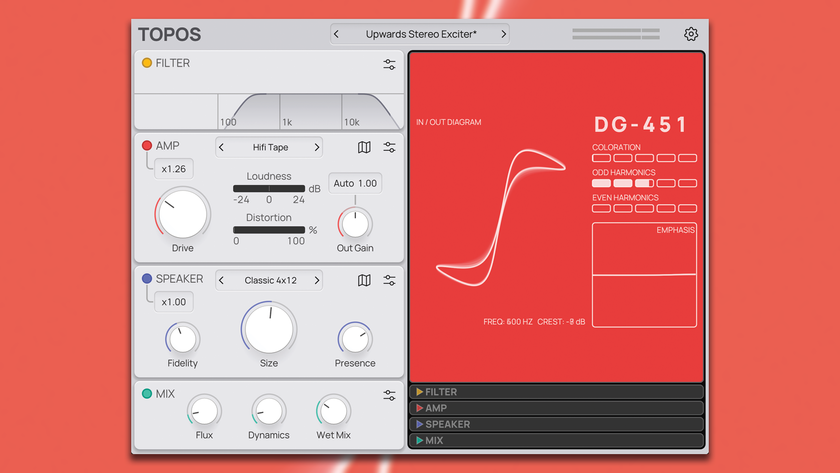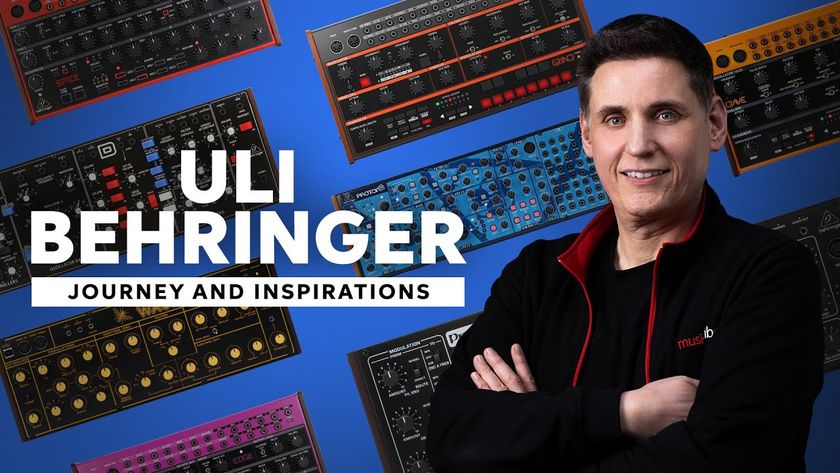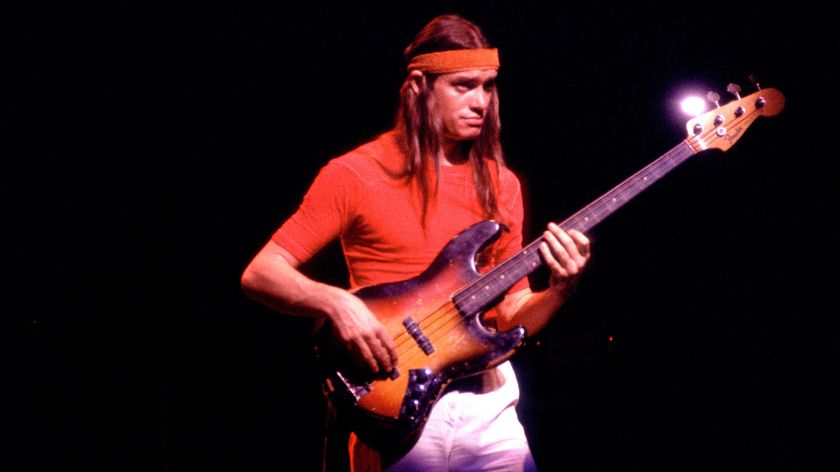Antares Auto-Tune Evo said to see software "reborn"
Can it see off the challenge of Melodyne?

Antares Auto-Tune is probably the most famous plug-in ever, having transcended the audio software market to become well known - by name, at least - among music fans in general.
Now the company has announced Auto-Tune Evo, a next-gen version of the software and the successor to Auto-Tune 5.
As in previous versions, Auto-Tune Evo offers Automatic and Graphical modes. However, plenty has changed in this update; in fact, we're told that the new software is based on a completely new core technology known as Evo Voice Processing.
Other notable improvements include a redesigned user interface and reorganised controls. These changes have been implemented with the intention of making Auto-Tune smoother and more intuitive in use.
Automatic vs Graphical
To go into a little more detail, Automatic mode now offers real-time pitch shifting, formant correction and throat modelling. In Graphical mode, meanwhile, you'll find note-based pitch correction and shifting, object-based retune speed settings, a real-time display of output pitch, programmable keyboard shortcuts and various other tweaks.
In a year when Celemony unveiled the much-anticipated Direct Note Access technology, Antares was always likely to come up with a response - it remains to be seen whether or not this release can keep them at the head of the pitch manipulating pack.
Auto-Tune Evo is available now for Mac and PC in TDM, RTAS, VST and AU formats. Prices are $399 for the native versions and $649 for TDM. Upgrades from previous versions are also being offered.
Get the MusicRadar Newsletter
Want all the hottest music and gear news, reviews, deals, features and more, direct to your inbox? Sign up here.
You can find out more at the Antares website.

I’m the Deputy Editor of MusicRadar, having worked on the site since its launch in 2007. I previously spent eight years working on our sister magazine, Computer Music. I’ve been playing the piano, gigging in bands and failing to finish tracks at home for more than 30 years, 24 of which I’ve also spent writing about music and the ever-changing technology used to make it.





![Chris Hayes [left] wears a purple checked shirt and plays his 1957 Stratocaster in the studio; Michael J. Fox tears it up onstage as Marty McFly in the 1985 blockbuster Back To The Future.](https://cdn.mos.cms.futurecdn.net/nWZUSbFAwA6EqQdruLmXXh-840-80.jpg)






